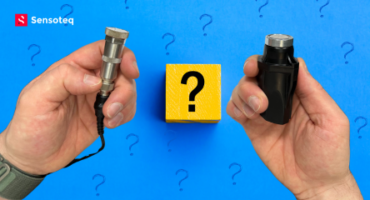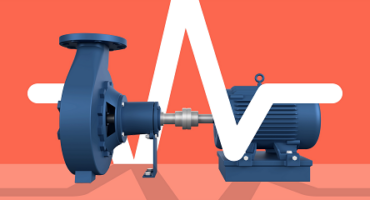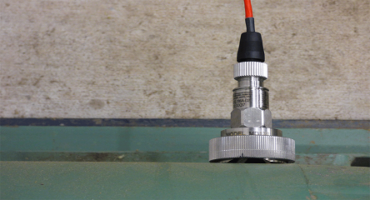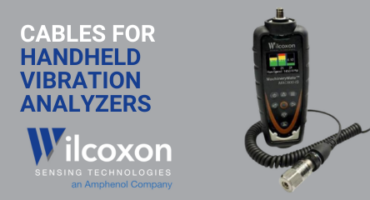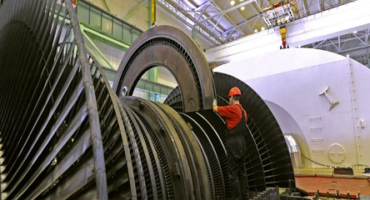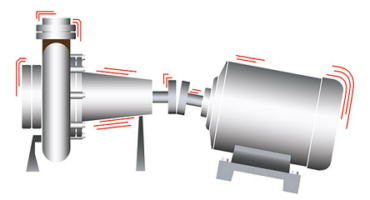Vibration Analysis
When to go Wireless, and When Not
When it comes to condition monitoring, wireless technology is becoming ubiquitous for sensing applications. But many analysts still have a tried and tested portable monitor in their arsenal, so this begs the question, why should wireless sensors be used, and is there still a place for the more traditional route-based option?
- David Procter
- Sensoteq
The Scope and Application of Electrical Signature Analysis in Windpower
Electrical Signature Analysis (ESA) was initially developed at Oak Ridge National Labs (ORNL) in the 1980s as a method for evaluating bearings and gears in motor operated valves in the nuclear power industry. In 1992, the technology was licensed into general industry for applications in utilities and commercial applications...
- Howard Penrose
- MotorDoc LLC
Exploring Vibration Analysis Technologies
In the realm of industrial maintenance, understanding the health of machinery is paramount. One of the most effective tools in this pursuit is Vibration Analysis technology. By examining the oscillations and vibrations of machinery, it’s possible to detect early signs of wear, misalignment, and other issues before they escalate into costly failures. In this article, we will delve into the different facets of Vibration Analysis technology and compare Handheld/Portable, Wireless, and Continuous Online Condition Monitoring solutions.
- Florian Buder
- ACOEM
Cable Protections for Permanently Installed Accelerometers
Today, we tune in with subject matter expert, Peter Eitnier from Wilcoxon Sensing Technologies to discuss Cable Protection for Permanently Installed Accelerometers. Selecting the right cable for permanently installed accelerometers is critical to ensuring the integrity of your vibration sensor data. It's also important to protect the cable for long service life, often in harsh environments. Today, Peter will break down how to carefully consider these factors when purchasing a sensor and cable....
- Peter Eitnier
- Wilcoxon Sensing Technologies
Sensor Fusion: The Path to Proactive Plant Maintenance and Operational Excellence
A powerful approach for improving plant maintenance programs is the integration of multiple sensing technologies to improve coverage of machines and different failure modes. This can be further complemented by effective analysis of the data from all the different sources. When using multiple sensors like this, it is called Sensor Fusion...
- Alan McCall
- Sensoteq
Cables for Handheld Vibration Analyzers and Portable Vibration Meters
Six considerations to select the right cables for vibration data collectors and hand held vibration meters..
- Peter Eitnier
- Wilcoxon Sensing Technologies
Machine Learning, Sensors, and AI- What’s the Scoop?
Today, we sit down with Anil Lakhlan from Sensoteq to discuss machine learning and AI technology, along with sensors and vibration analysis.
- Anil Lakhlan
- Sensoteq
Erratic Vibration Behavior in a Steam Turbine
This machine had shown erratic shaft and pedestal vibration since its inception – the vibration would increase and decrease, predominantly at 1x…
- RAO VAMSIDHAR
- VIZAG STEEL
Two Peculiar Cases of Misalignment
Misalignment causes a lot of problems, but it doesn’t always make itself known through vibration. Vamsidhar Rao explains two cases…
- RAO VAMSIDHAR
- VIZAG STEEL
- 1
- 2
- 3
- 4
- …
- 27

